6 Reasons for Hair Loss in Men Under 25 (& How to Stop it)
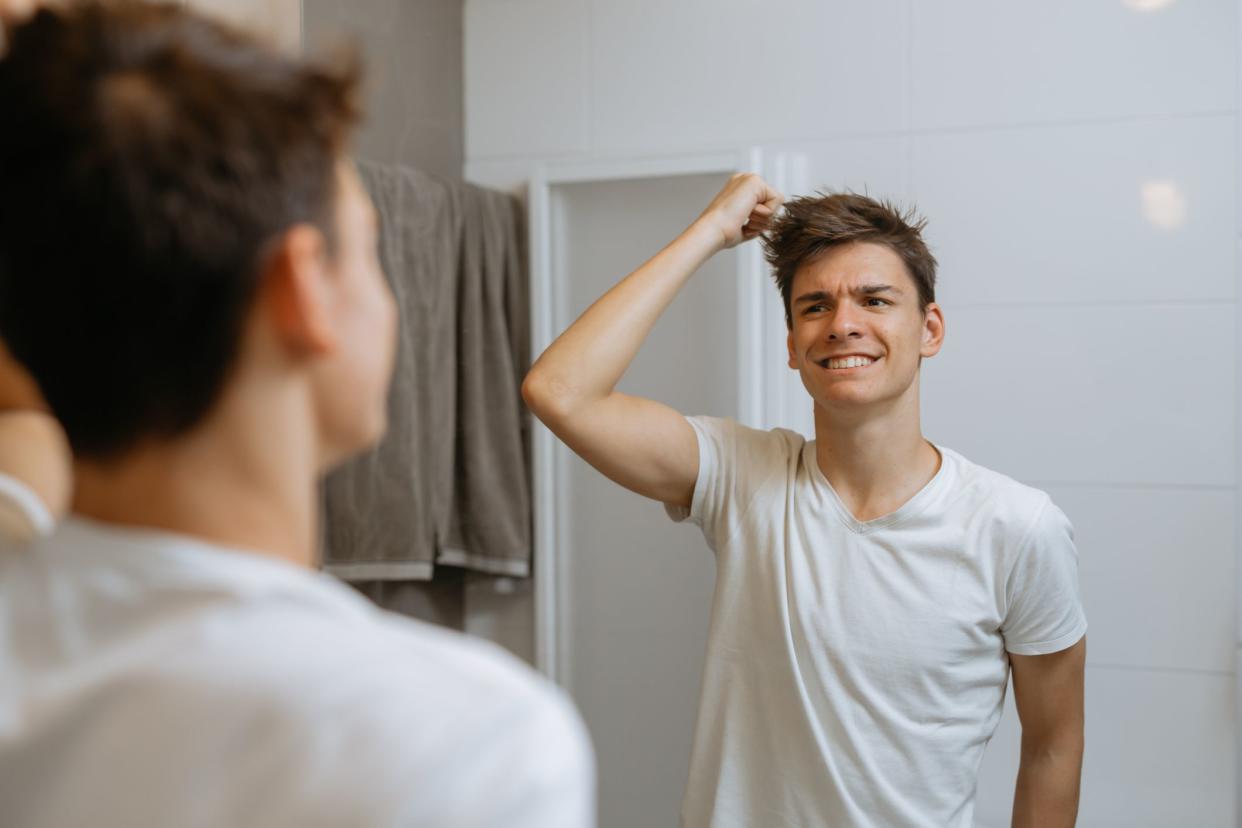
Does it feel weird to Google, “why is my hair thinning at 20?” Sure, but we’re also betting your search history had far weirder stuff going on before you started searching whether balding at 20 is normal.
But if questions about hair loss have replaced, well, whatever you were searching before (we don’t judge), we've got you covered. Whether you’re worried about a wider part or a receding hairline, you’re not alone.
Is Hair Loss in Your 20s Normal?
While you may think losing hair is associated with an AARP membership, hair loss and thinning hair can begin at any age — yes, even in your 20s. Research shows that up to 30 percent of men deal with some form of hair loss before they turn 30 years old.
Since the most common cause for hair loss in men is androgenetic alopecia, losing hair early on may have to do with your genes. If you’re starting to see signs of hair loss, consider whether anyone in your family also had hair thinning in their twenties for a clue.
6 Causes of Hair Loss in Men Under 25
Many different causes can trigger hair fall in men. Knowing the root cause of your particular hair loss can help you pinpoint the right treatment, whether you're seeing your hairline receding or you have thinning at the crown.
We cover the most common causes of male hair loss in our guide but here, we’ll specifically dive into some reasons you may see hair loss if you’re under 25.
#1 Cause: Male Pattern Baldness
The most common reason for hair loss in men is known as male androgenetic alopecia, or male pattern baldness. Somewhere between 30 and 50 percent all men will experience it by age 50, but as you know, some will experience it far sooner than that.
Just like how you can get blue eyes from Mom, you can also thank your family history for hair thinning. Genetic factors play a crucial role in how your hair follicles react to androgens, which can cause hair to thin — depending on how sensitive you are to these hormones.
If you’ve seen other family members thinning early on, you likely can blame your fam for your thinning hair as well.
Male pattern baldness usually comes on gradually. If you want to know what signs to look for, check out our comprehensive guide to ways to know if you're going bald or our guide on male pattern baldness.
Stress, Anxiety and Traumatic Experiences
We all know that stress sucks, whether it be a toxic boss or trouble in paradise. But your body can actually respond to stressful events by triggering a type of hair loss called telogen effluvium (a form of nonscarring alopecia).
Telogen effluvium can create excessive hair shedding and typically causes rapid hair loss. So if you’re seeing wayyy more hairs in the drain, consider if it may be a result of stressful events like a sudden illness, surgery, loss of a loved one, hormonal changes or even drastic weight loss.
Medical Conditions
Our skin and hair can often reflect what’s going on underneath the surface. Certain medical conditions can influence your hair, including:
Thyroid conditions. Research shows that both hypothyroidism and hyperthyroidism may lead to hair thinning. However, if this is the cause, you will likely experience other symptoms, like fatigue or weight gain for hypothyroidism and weight loss or a rapid heartbeat for hyperthyroidism.
Autoimmune issues: Diseases like lupus and like Hashimoto’s disease can lead to hair loss. Alopecia areata, an autoimmune disease where your hair follicles attack themselves, can also create small round bald patches of hair loss. This hair loss may not be permanent though, and a hair growth treatment may help regrow new hair. Note that this is the second most common type of hair loss, after male pattern baldness.
(Related: Finasteride & Minoxidil: The Most Effective Hair Loss Combo?)
Medications
Like certain illnesses, specific medications may cause side effects like hair loss. This type of reaction is also usually telogen effluvium.
If you’ve noticed your hair thinning since starting a new medication, speak to your healthcare provider so they can help you develop a game plan. No matter what, don’t abruptly stop any medications without consulting your doctor first.
Some types of medications that could be causing hair loss include:
Antidepressants (like Prozac or Zoloft)
Anticoagulants (like heparin and warfarin)
Beta blockers (like propranolol and Tenormin)
Anti-inflammatory drugs (like Anaprox and Clinoril)
Nutritional deficiencies
Mom said to eat your greens for a reason — a balanced diet can influence everything from your bod to your hairline. While it’s not exactly understood what role vitamins and minerals play in hair growth, it’s believed that a nutritional deficiency could influence hair structure and hair growth.
For example, one review of studies showed that supplementing with vitamin D could improve hair regrowth in people with androgenic alopecia and telogen effluvium.
If you think you may not be getting all the nutrients you need, talk to your healthcare provider. They can run lab tests to pinpoint what deficiencies you may have and which supplements could help.
Physical damage to your hair or scalp
Hairstyles that pull tightly on the hair follicle can cause damage over time, leading to a type of hair loss called traction alopecia. If you’re a fan of cornrows, dreadlocks or braids, you may want to consider looser styles.
This type of hair loss can be reversed if you stop the tension on the hair follicle. But if you stick with tight styles it can eventually lead to further hair loss and permanent damage.
How to Treat Hair Loss in Your 20s
Did your dad ever tell you the early bird gets the worm? Well, moving fast when it comes to hair loss is also critical. This is likely not one of those situations that’ll get better if you just ignore it.
Thinning hair doesn’t typically happen overnight. Signs of hair loss often occur slowly, typically beginning with a receding hairline or balding on the crown of the head and eventually leading to a bald spot.
The earlier you take action — preferably before you see the full bald spot — the more hair you’ll be able to save before it becomes permanent hair loss. It’s easier to keep what you have than to grow new hair.
Here are some gold standard methods to get your crowning glory back:
Finasteride
Oral finasteride. This once-daily pill is FDA-approved to treat male androgenetic alopecia. Commonly sold under the brand name Propecia, finasteride helps target dihydrotestosterone (DHT), which can shrink hair follicles and cause thinning over time.
Topical finasteride & minoxidil spray. This two-in-one spray combines the powers of finasteride and minoxidil to help kickstart hair growth. If you’re not a fan of taking pills, this quick-drying spray might be the pick for you.
Minoxidil
Minoxidil foam. Typically the first line of defense recommended by dermatologists, minoxidil is FDA-approved to treat male pattern hair loss and is available over the counter. You’ve probably heard of the popular brand name Rogaine®. Because 5% minoxidil has been shown to be more effective than 2% minoxidil for treating alopecia, this stronger formulation might be the better bet if you’re dealing with a lot of hair thinning.
Minoxidil solution. This easy-to-use dropper at 2% strength is perfect for targeting patches or specific areas of thinning.
(Related: Finasteride for Hair Loss: Side Effects, Dosage & More)
Healthy Habits for Hair Growth
While a lot of your hair makeup may be due to genetics, good habits also play a role. Here are some of our top tips for getting your hair in its best shape:
Remember we talked about that healthy diet? If you think your diet can use a little rounding out, incorporating a supplement like biotin gummies can be helpful. But also make like Popeye and get some more spinach into your diet, too.
Volumizing shampoo and conditioner. Repeat after us: a healthy scalp is the root of healthy hair. If your hair has looked really flat lately, it may not just be thinning. If your scalp and strands are greasy, hair can look lifeless. Picking a volumizing shampoo and conditioner will help give strands some lift and extra body.
Thickening shampoo with saw palmetto: If you have hormonal hair loss, hair care products infused with saw palmetto may be a good bet. It can help block DHT, the hormone known to cause hair thinning. A review of studies found that topical saw palmetto can help improve hair count in men with both androgenetic alopecia and telogen effluvium with basically no side effects.
Taking care of mental health. Remember that whole bit about stressful situations leading to hair loss? Yeaaa. While bottling up feelings might seem like the easiest route, talking about things with a professional can help manage stress and anxiety. Plus, options like online therapy allow you to avoid waiting rooms and awkwardly sitting on somebody’s couch.
Takeaways of Losing Hair at 25
We know it’s no fun to deal with losing hair in your twenties, but remember that there are effective treatments you can try to get that lush head of hair back. A few things to keep in mind:
Move quickly. Please don’t wait until the last act to make some changes. If you’re noticing even slight thinning, it’s better to get going on a treatment before hair loss becomes permanent.
Find the right hair loss treatment. Whether you have traction alopecia or medication-triggered hair loss, knowing the root cause will help you figure out the right course of action. Hair loss treatments like minoxidil, finasteride or a biotin supplement can be helpful methods to get the (hair) body of your dreams.
This article originally appeared on Hims.com and was syndicated by MediaFeed.org.
More from MediaFeed:
Discover the Most Popular Hairstyles the Decade You Were Born
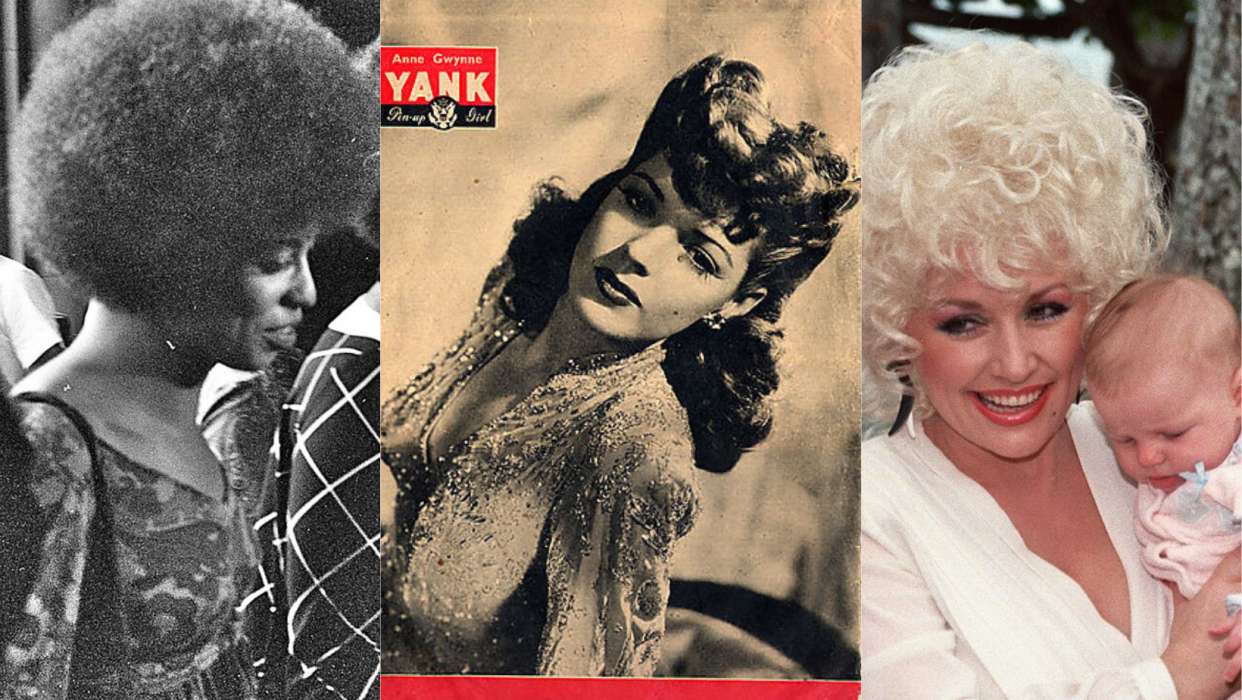
There are so many things that define each decade, from the food we eat to the clothes we wear. But none of the things we've looked back on were quite as polarizing as the hairstyles. From piled-high funky styles to buzzed dos, here are the most popular hairstyles from the decade you were born, spanning from the 40s to the 2000s.
Wikipedia / Mediafeed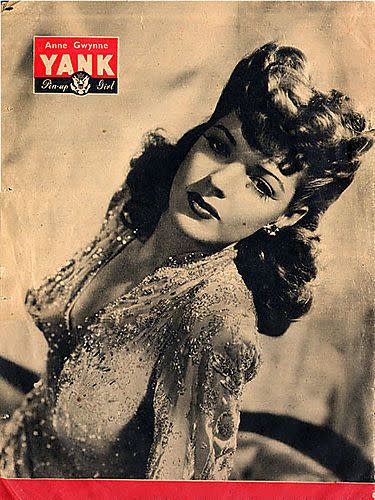
Inspired by the glitz and glamour of Hollywood women at the time, the victory roll hairstyle featured tight curls pinned toward the face to frame it. Victory rolls were customizable, so you could opt for a single roll or different symmetrical or asymmetrical versions of dual rolls.
Other popular hairstyles of the decade for women included tight curls, waves, and the pageboy. Women were also big on hair accessories, particularly the snood, which was essentially a crocheted bag used to cradle the hair and keep it in place. Both men and women sported the infamous pompadour during the '40s. Men were also partial to quiffed hair or short curls and were also prone to just slicking their hair back.
Wikipedia / U.S. Army - Yank, the Army Weekly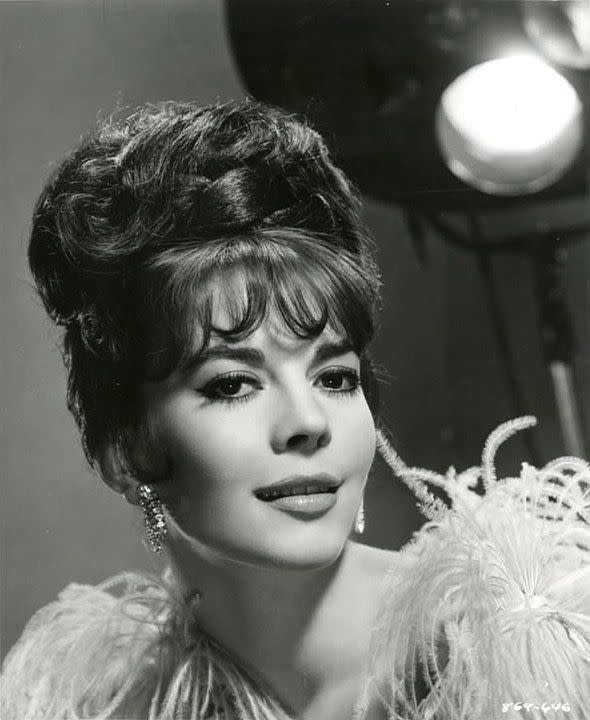
Everyone knows the beehive hairstyle, whether you associate it with the '50s or Amy Winehouse. All you had to do to be cool in the 1950s was pile your hair on top of your head in a conical shape to resemble a beehive. Lots of hairspray was needed for this one.
If your hair wasn't long enough for the beehive, you might have sported other bouffant hairstyles, a poodle cut, an Italian cut, victory rolls, or even a pixie cut. Men were still into the slicked-back look along with side parts, the pompadour, or — if they were influenced by Elvis later in the decade — a Rockabilly do.
Wikipedia / Warner Bros.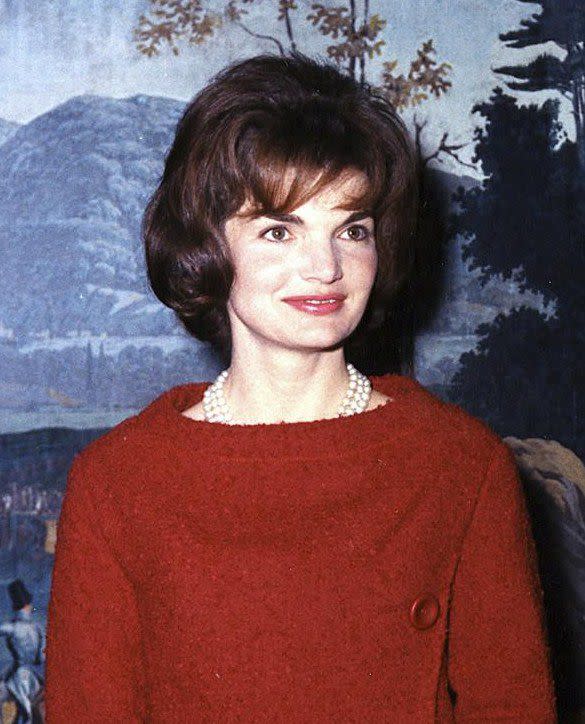
Bouffant (derived from the French verb "bouffer," which means to puff or fluff up) hair became popular during the 1950s, but dominated in the 1960s thanks to the iconic Jackie Kennedy sporting the style. The puffy, rounded hairdo was especially popular among housewives during the '60s.
Women also gravitated toward shorter hairstyles (influenced by Twiggy), including pixie cuts and flipped bobs and, for long hair, bangs. Men styled their hair with everything from the bowl cut and the ducktail cut to shag cuts and styles copying The Beatles.
Public Domain / Wikipedia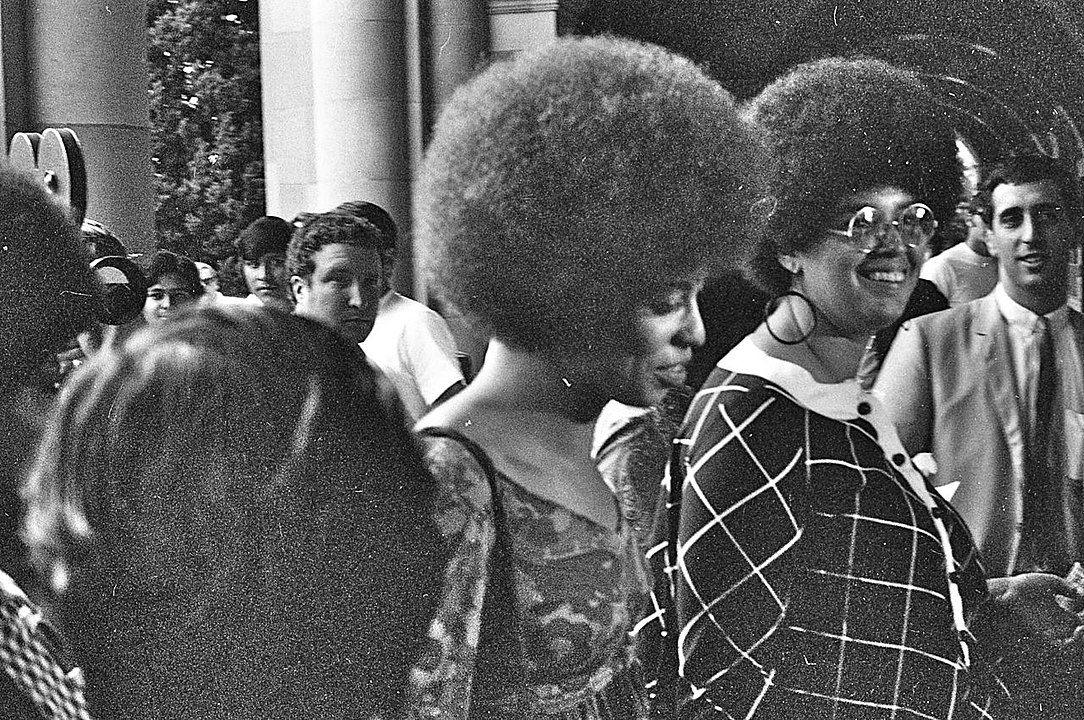
During the 1970s, the afro became a symbol of cultural and political expression, particularly within the African American community. The style pushed back against Eurocentric beauty standards and celebrated natural Black hair. Influenced by icons like Angela Davis and the Jackson 5, the afro surged in popularity, crossing racial and cultural boundaries to become a mainstream fashion statement. Its voluminous shape was achieved through techniques like picking, and its prominence spread among both men and women.
Separately, and inspired predominantly by Farrah Fawcett, long, feathered hair was also sought after during the '70s.
Wikipedia / GeorgeLouis at English Wikipedia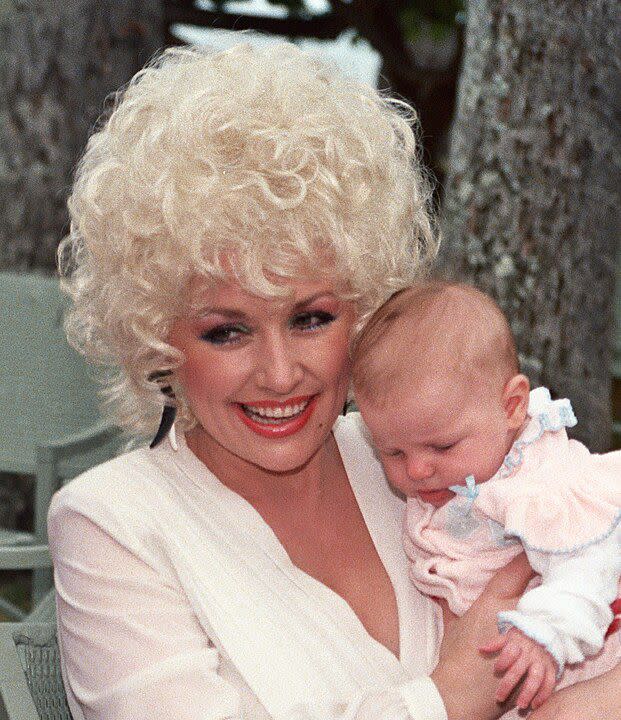
Whether it was crimped, curled, teased, spiked into a giant mohawk, or cut into a towering flattop, the most iconic '80s dos could all be tied to one main group: big hair. During this decade, freedom of expression was fully embraced and displayed through hair. Styles like Jheri curls were popular thanks to Michael Jackson, and Billy Ray Cyrus spearheaded the popularity of the business in the front, party in the back mullet. The '80s were eclectic times that reeked of Aqua Net and perms.
Wikipedia / Allan Light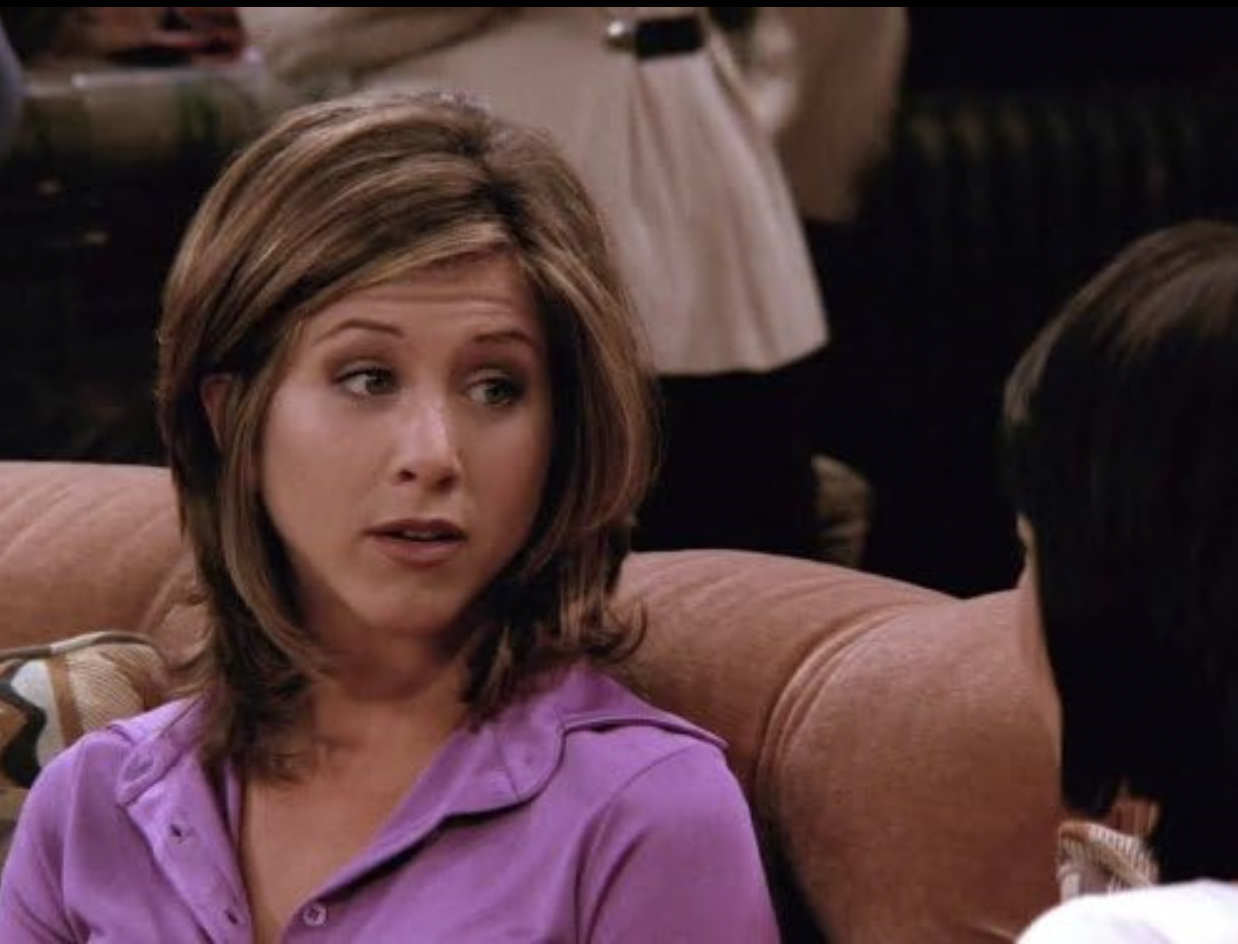
You didn't even need to be a fan or viewer of "Friends" to ask your hairdresser to give you "The Rachel" in the '90s. Everyone knew exactly which version of Jennifer Anniston's hair you wanted. Layered, framed around the face, and shoulder-length was the style that ruled the decade. Chunky highlights, side bangs, and hair flipped out at the bottom were also wildly popular during the decade. And who could forget chopsticks carefully stuck into buns? All the rage.
If you were a cool dude during the '90s, you might have had frosted tips, spiky hair, or cornrows.
IMDb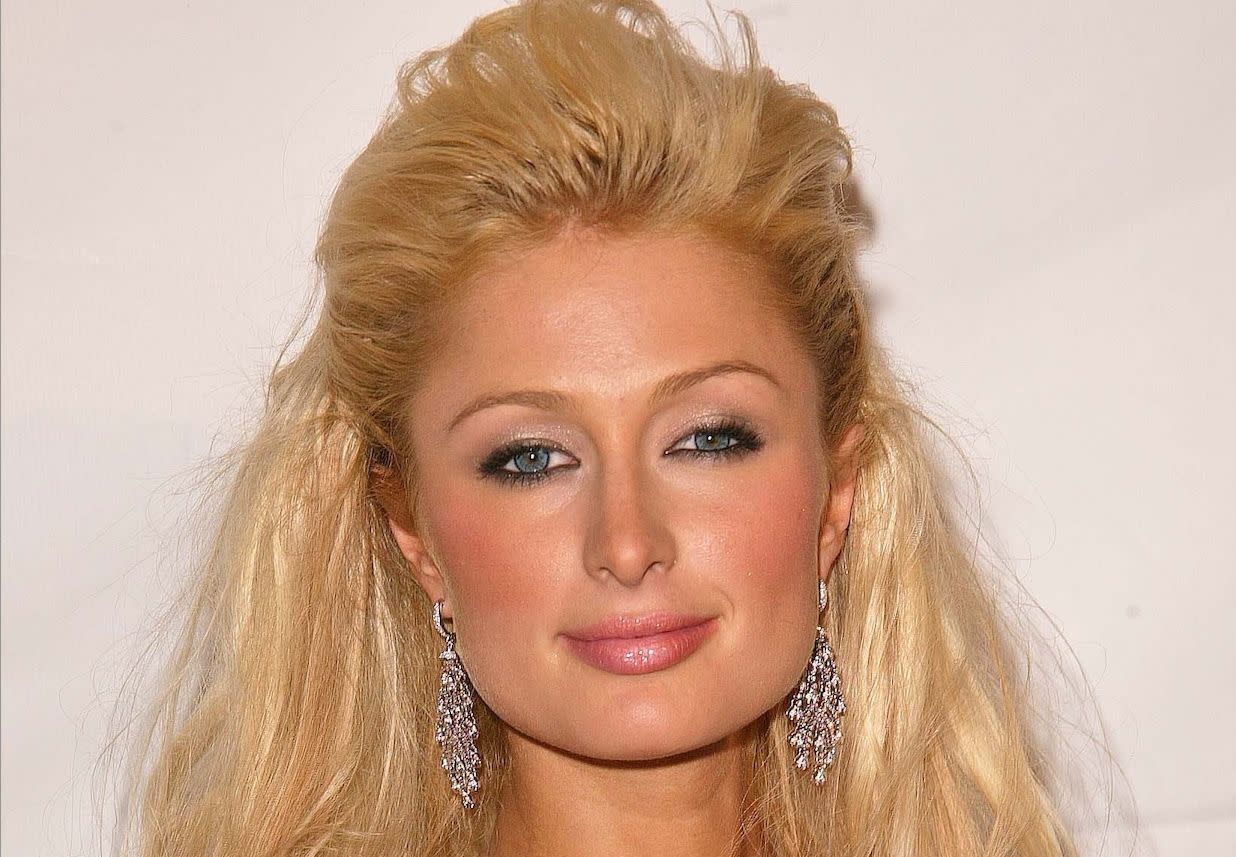
All you needed was a few bobby pins and some hairspray to make a pulled-back pouf happen, and every girl in the 2000s was on board. High ponytails and pigtails, choppy layers, and money-piece braids were a go-to as well.
Skater boy hair/emo boy haircuts that swooped halfway across a guy's face were also iconic during the 2000s. Who else remembers watching guys shake their heads in slow motion to get the hair out of their eyes like they were playing a role in the "Baywatch" intro? We shudder at the memory. On the opposite end of the spectrum, buzz cuts were prominent, along with faux hawks.
DepositPhotos
